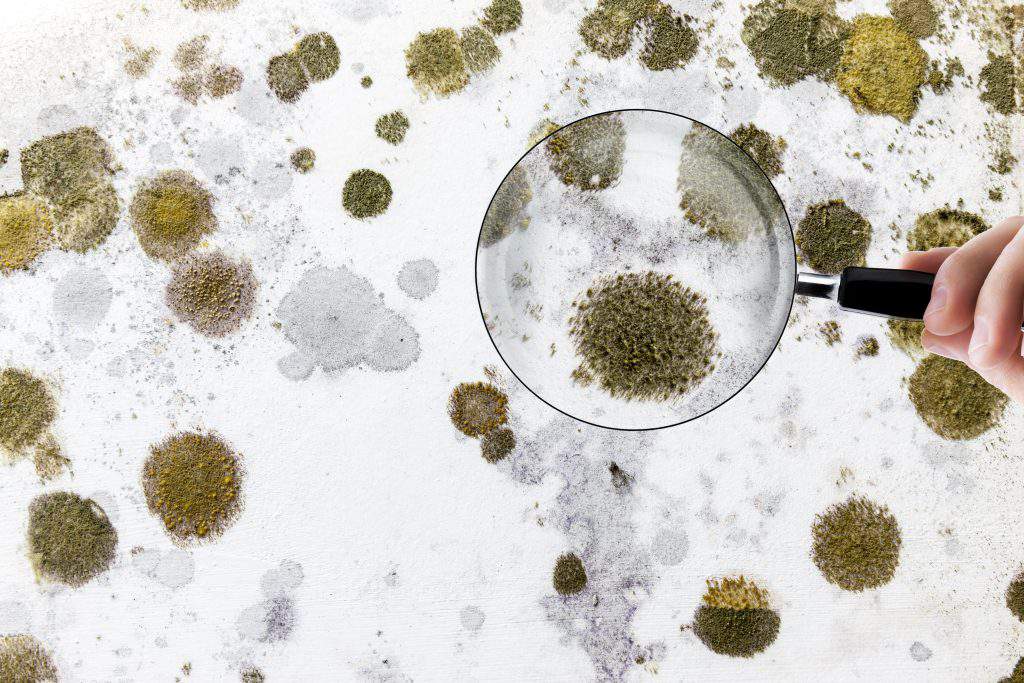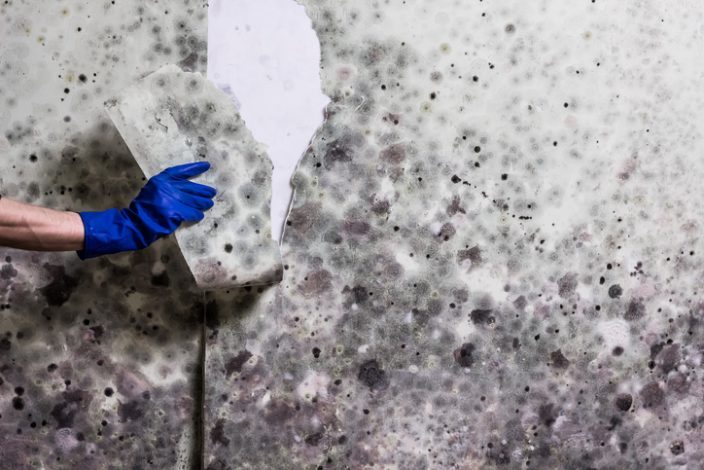Advice on What to Do After Mold Remediation
Advice on What to Do After Mold Remediation
Blog Article
Effective Post Mold And Mildew Removal Solutions for Your Home
Mold and mildew development in homes can be a consistent concern, frequently needing a systematic strategy for reliable post-remediation remedies. From understanding the elements that contribute to mold and mildew growth to applying proper cleaning techniques and wetness control steps, the process can be detailed yet vital for maintaining a healthy living environment. Post Remediation Inspection near me.
Understanding Mold Development Variables
Mold development is affected by a selection of variables that are critical to understand in order to effectively address and prevent its expansion. Comprehending these elements is essential in applying effective mold removal techniques. The main factor adding to mold growth is dampness. Mold spores call for wetness to grow and germinate, making wet or humid atmospheres extremely prone to mold infestations. Poor ventilation can likewise cause moisture accumulation, producing an ideal breeding place for mold.

Moreover, air movement and light exposure can impact mold and mildew development. Areas that do not have proper ventilation and all-natural light are much more susceptible to mold growth. By resolving these aspects adequately, individuals can efficiently alleviate mold growth and secure their living environments.
Correct Mold And Mildew Cleansing Techniques
Utilizing efficient cleaning methods is important in preventing the recurrence and addressing of mold and mildew contamination in interior environments. When handling mold and mildew, it is essential to prioritize security by putting on protective equipment such as safety glasses, masks, and handwear covers. The first action in proper mold and mildew cleansing is to have the afflicted location to prevent the spread of spores to uncontaminated areas. This can be accomplished by sealing the area and making use of air scrubbers or unfavorable air machines to preserve air top quality.

Carrying Out Dampness Control Measures
To efficiently protect against mold and mildew development and contamination in indoor atmospheres, carrying out wetness control procedures is vital. Dampness is the key variable that gas mold and mildew growth, making it critical to take care of moisture levels within the home. One effective measure is to use dehumidifiers to maintain interior humidity degrees below 60%. Furthermore, ensuring appropriate ventilation in areas prone to moisture build-up, such as cooking areas and washrooms, can aid reduce the danger of mold and mildew development. Consistently evaluating and fixing any kind of leakages in plumbing, roofings, or home windows is also necessary in stopping excess moisture build-up. Making use of exhaust fans while food preparation or showering, and allowing air blood circulation by keeping furnishings a little away from walls can help in moisture control. Utilizing moisture-resistant see materials in high-humidity locations, such as mold-resistant drywall and paints, can be helpful. By diligently carrying out these dampness control actions, property owners can properly reduce the likelihood of mold recontamination and preserve a healthy indoor atmosphere.
Utilizing Natural Remediation Solutions
After efficiently executing wetness control steps to avoid mold growth in indoor environments, homeowners can currently explore the efficiency of all-natural remediation options in maintaining a healthy space. Natural remediation remedies make use of environmentally pleasant techniques to battle mold and mildew and mildew, making them a preferred choice for those seeking non-toxic alternatives. One such option is utilizing vinegar, an all-natural antimicrobial representative, to disinfect and clean surfaces contaminated by mold. Simply weaken vinegar with water and spray it onto the influenced areas, allowing it sites to sit for a few hours before wiping tidy. Furthermore, tea tree oil, understood for its antifungal buildings, can be blended with water and splashed onto mold-infested surface areas to hinder more development. Another natural choice is hydrogen peroxide, which can properly eliminate mold and mildew on different surfaces without leaving unsafe deposits behind. By integrating these natural remediation remedies into their cleaning routines, homeowners can properly fight mold development while promoting a healthier indoor setting for themselves and their families.

Maintaining a Mold-Free Atmosphere
In order to prevent mold and mildew recurrence and make sure a regularly mold-free atmosphere, it is necessary for property owners to apply positive upkeep methods. Regularly evaluating areas prone to mold growth, such as shower rooms, cellars, kitchens, and attic rooms, is crucial. Resolving any leakages, water damages, or excess dampness quickly can dramatically reduce the risk of mold advancement. Post Remediation verification. Correct ventilation in areas with high moisture levels is also crucial to avoid mold development. Using dehumidifiers or exhaust followers can aid keep optimum moisture levels and discourage mold and mildew spores from thriving.
Additionally, preserving cleanliness in the home is important for mold prevention. Maintaining interior plants in check and ensuring correct drain in outdoor landscape design can decrease wetness build-up, reducing the likelihood of mold invasions.
Verdict
Finally, it is necessary to address mold development elements, make use of correct cleaning strategies, implement wetness control steps, use natural removal options, and keep a mold-free setting in order to successfully manage blog post mold remediation in your home - Post Mold Remediation Report. By adhering to these methods, you can stop mold and mildew from persisting and make sure a healthy living atmosphere for you and your family
The primary factor contributing to mold growth is wetness. Mold and mildew spores require moisture to thrive and sprout, making damp or moist atmospheres highly susceptible to mold and mildew problems.To effectively stop mold development and contamination in interior environments, implementing dampness control steps is vital. Furthermore, guaranteeing correct ventilation in i loved this areas prone to moisture build-up, such as shower rooms and cooking areas, can assist reduce the danger of mold growth.After successfully carrying out moisture control procedures to protect against mold and mildew development in interior environments, homeowners can now discover the performance of natural removal solutions in maintaining a healthy and balanced living area.
Report this page